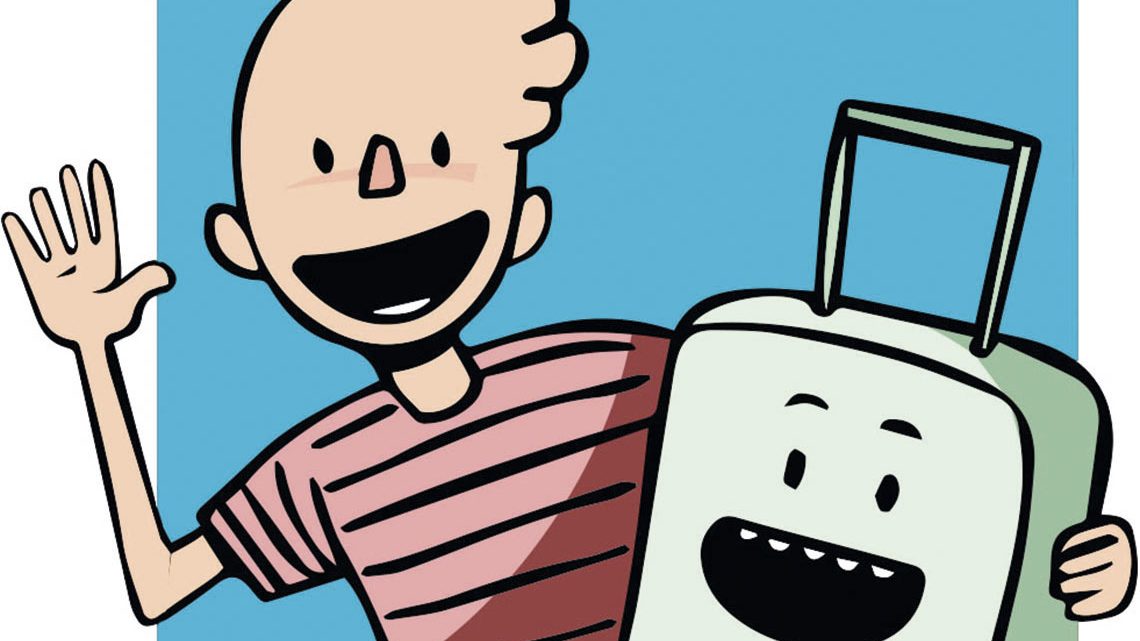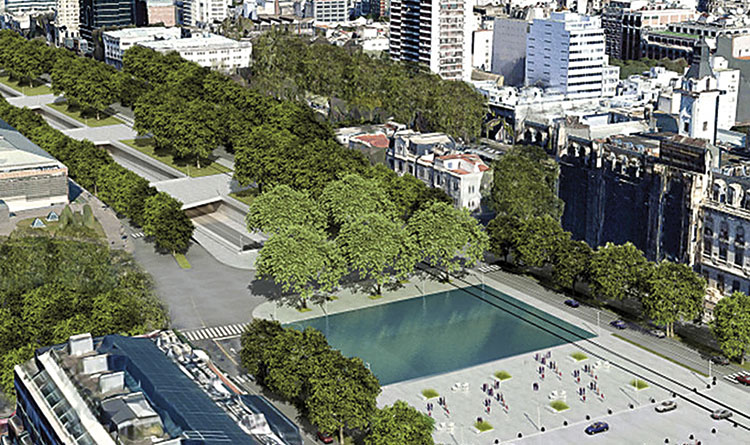While it can be said that in recent years much progress has been made in transport accessibility measures for people with special physical needs (reduced mobility or sensory disabilities), the same cannot be said for those with cognitive disabilities. These include disorders such as ASD (Autism Spectrum Disorder) or SLI (Specific Language Impairment).
The Autism Spain Confederation, which comprises more than 140 associations, defines ASD as ‘a disorder of neurobiological origin that affects the configuration of the nervous system and brain functioning, leading to difficulties in two main areas: communication and social interaction, and flexibility of thought and behaviour’. This ‘invisible disability’ makes it difficult for sufferers to ‘adapt to change or to unforeseen situations’, and can cause ‘discomfort, distress or anxiety’. Autism spectrum disorders limit interaction skills, the self-regulation of emotions, verbal and non-verbal communication, and cause hypersensitivity to visual or sound stimuli.
Air travel touches on all these aspects: it involves interrupting daily routines and is a process with many steps, taking place in environments different from the usual ones –the airport, the plane– and generating a large amount of sensory stimuli and a volume of information that can be difficult to process. In addition to this, there are waiting times for check-in, boarding, etc. Therefore, flying can be a very demanding ordeal for a traveller with ASD, particularly for children as well as for those accompanying them. In response to this need, Ineco completed an innovation project in 2019 to develop the TEAcompaño mobile application, with the collaboration of the Alanda association and Aena. The project is aligned with UN SDG Targets 9.1 (innovation) and 10.2 (reduced inequalities).
This is a very simple and user-friendly technological solution based on three strategies: first, to prepare the user, through games and visual resources, for what the travel experience will be like, from the moment they pack their suitcase at home until they arrive at their destination; second, to facilitate communication by prioritising images, which people with ASD/SLI generally understand better than oral or written messages; and third, to adapt the environment: to limit both inactive waiting times and information and warnings that are not relevant at each stage of the journey.
The app displays the different stages of the journey in a simple and structured way to make them understandable for children with ASD. This enhances the travel experience for them and their companions, helping them to anticipate and remember the main milestones and stages of the journey. The aim is also to make this group of people and their specific needs more visible. Other users, such as people with hearing impairment, reading and writing difficulties, tourists or migrants in general, can benefit from the application.
This is TEAcompaño
The application has a simple design and offers two sets of features: one for children with autism or language impairment, and one for families.
For children:
Marieta, an animated suitcase, acts as a guide during the journey. Each stage of the journey is assigned a different colour and the messages are simple, brief and relevant, ensuring coherence between the written and spoken information and the animations.
The features include:
- Games: matchmaking, picture sorting and puzzles.
- Pictograms: these are sequences of three simple images to explain each stage of flight. Waiting periods have also been included, since these are particularly important for the target users of the application.
- Images: pre-loaded –such as 360º views showing real situations inside an airport– or images loaded by an adult.
- Social stories: audiovisual narratives explaining each stage of the journey, including interactive cartoons.
- Globe: allows the flight to be displayed on a map, according to the data previously entered by the adult.
- Warnings: stories with images, text and audio about possible unforeseen situations.
- Journey: this is a game similar to snakes and ladders that includes all the stages of the journey, which are completed in order to win a final prize.
For families:
The app aims to provide families with useful information to help alleviate the stress of unforeseen events. Families can add pictures or specific information that is visible from the child’s viewing area. They also have My trip, which includes the tasks to do and the list of items to pack; and Journey, which shows the stages of the trip along with shortcuts to all the features (pictograms, social stories, warnings, games and images). The application is designed to provide –with the necessary collaboration of the airport operator– real time updates on flight information, gate changes, delays, etc. There are additional possibilities, such as collecting information on the preferences and needs of this group of people to improve the service.






